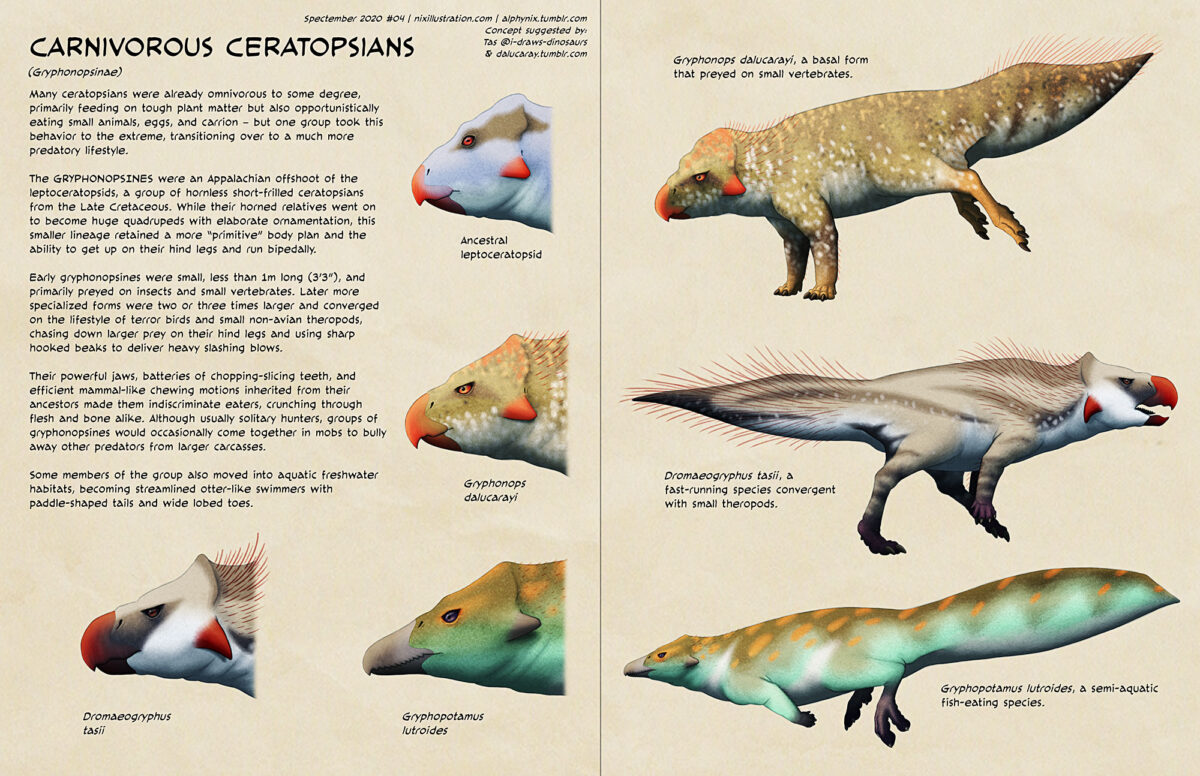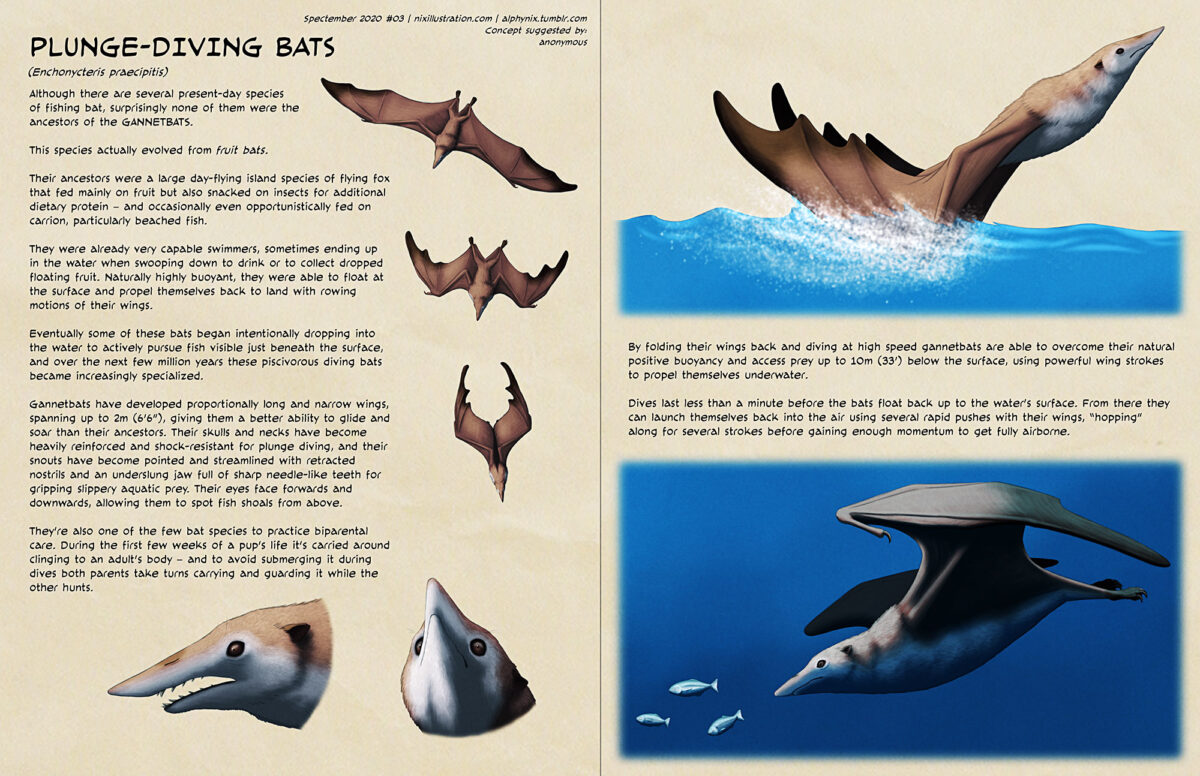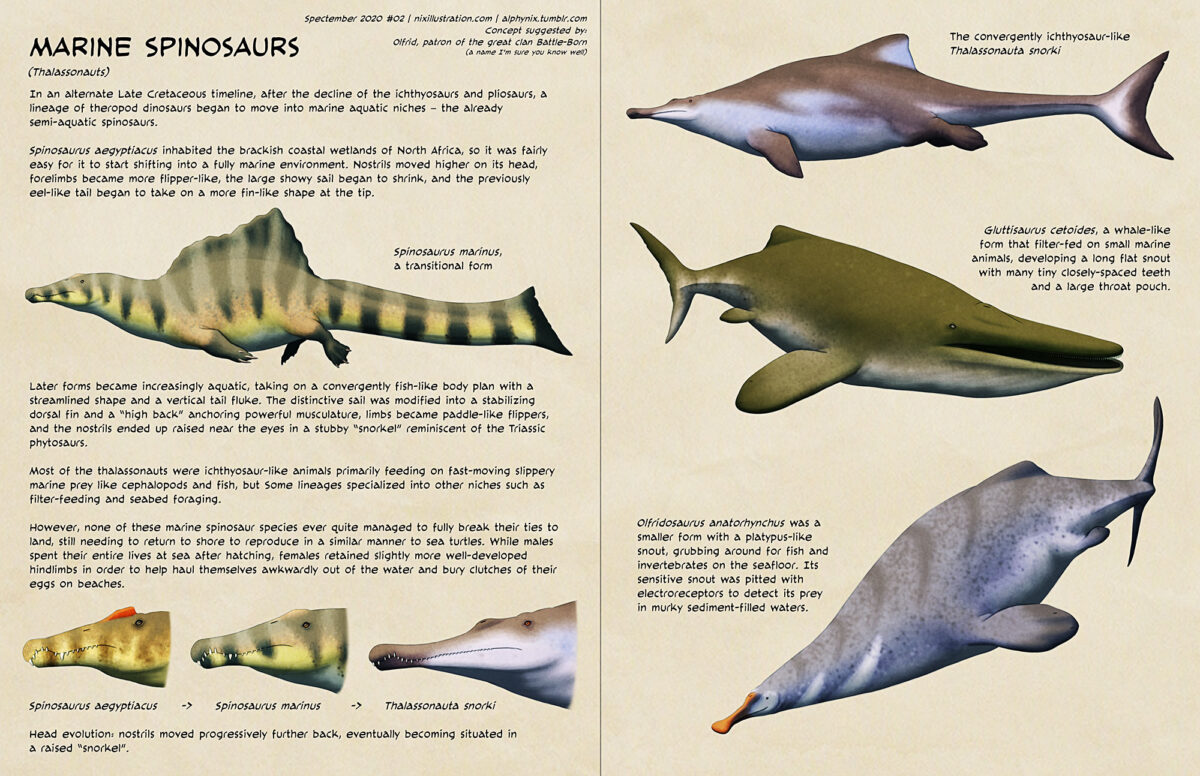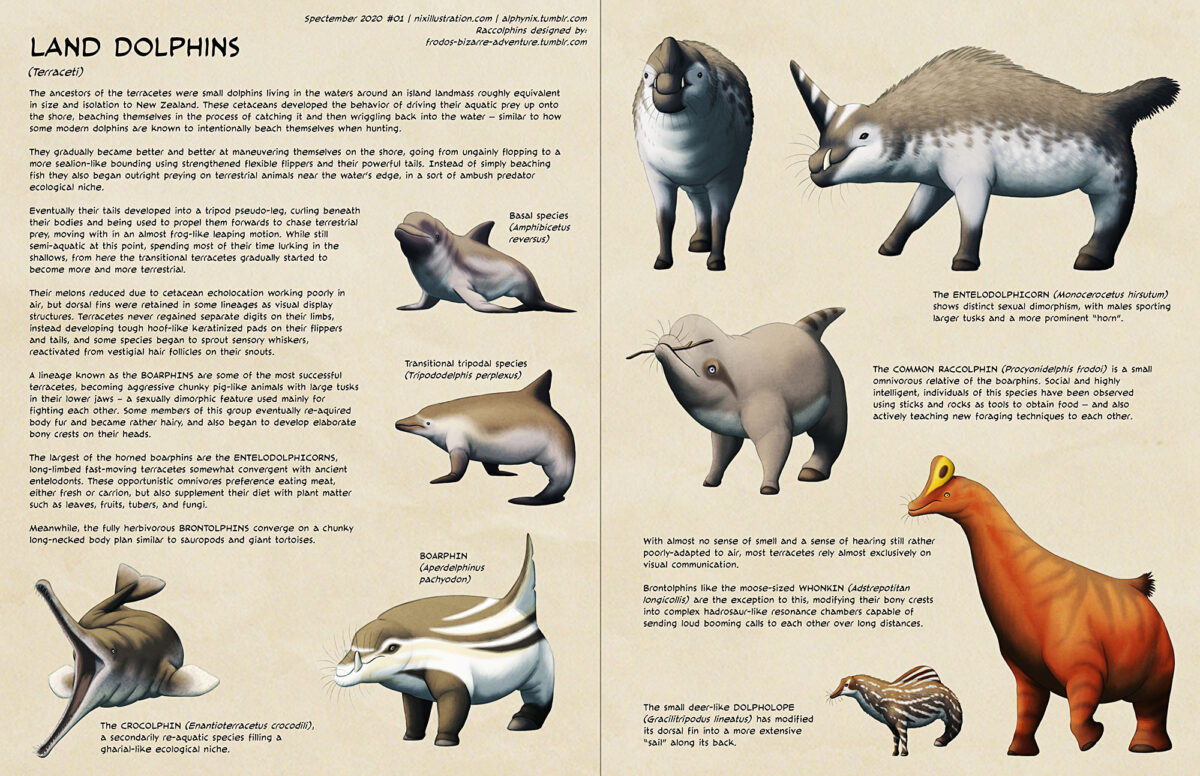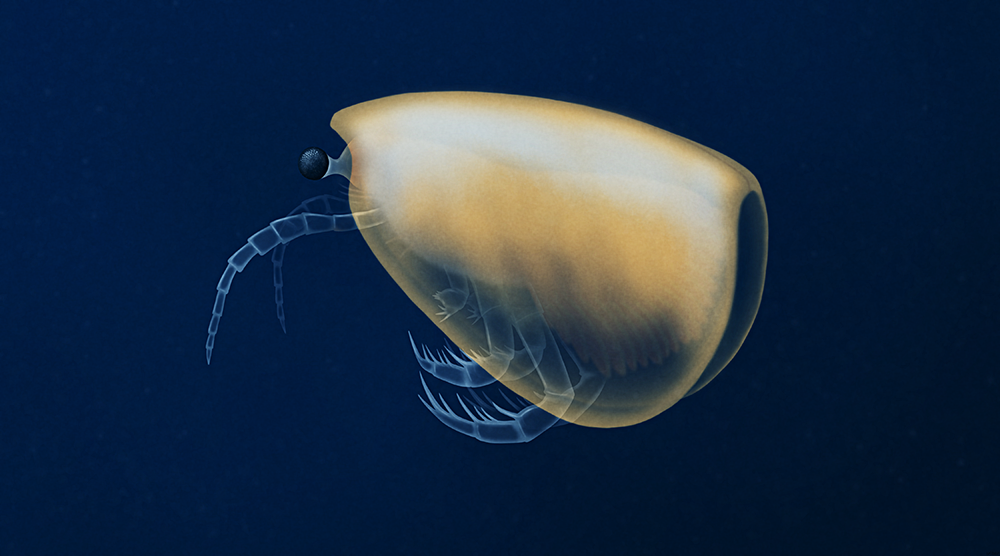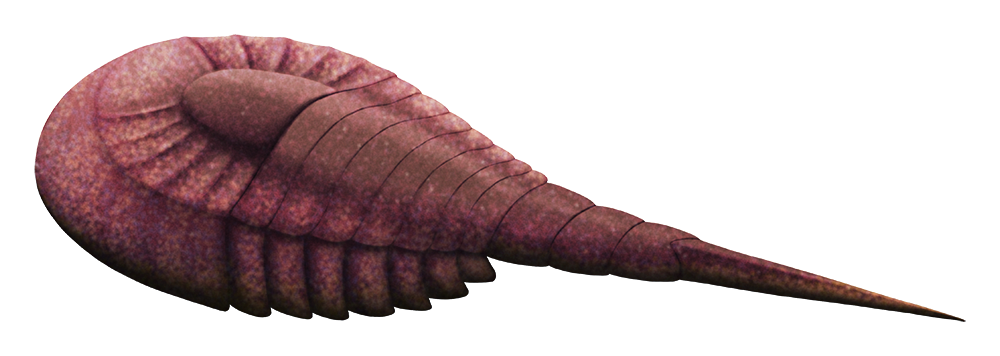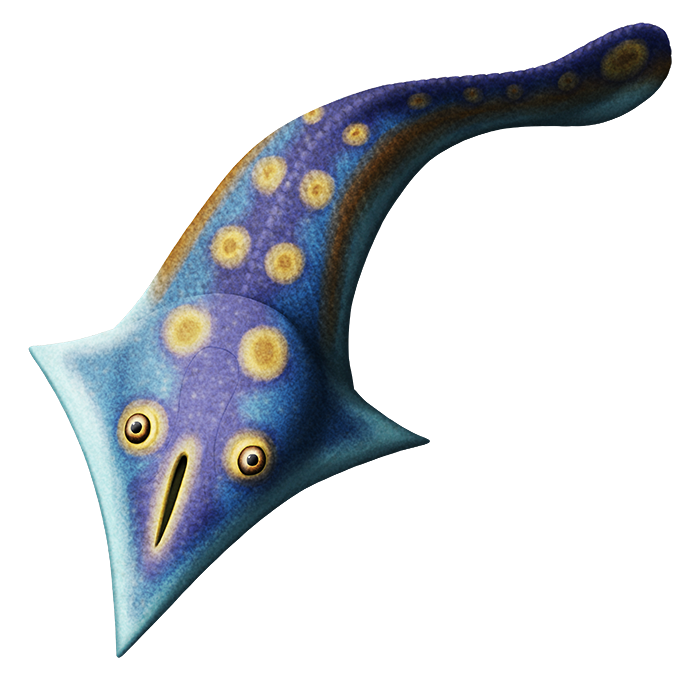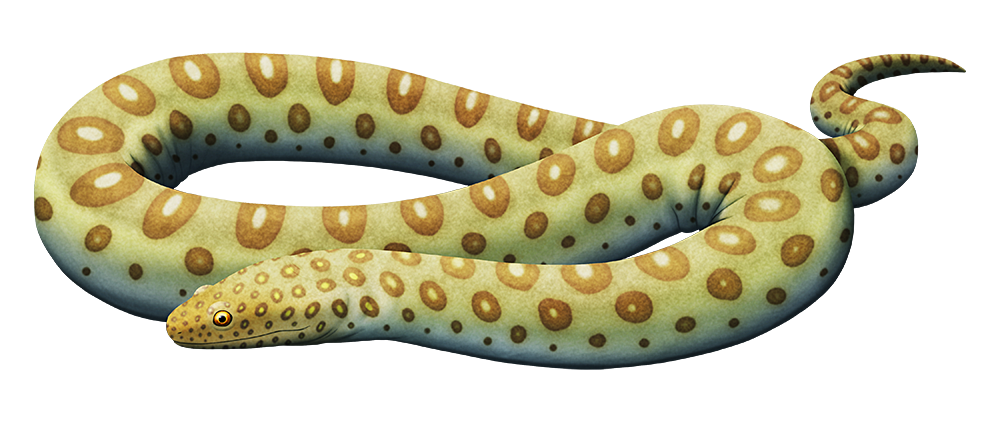Harald Stümpke’s 1957 book Bau und Leben der Rhinogradentia (translated into English in 1967 as The Snouters: Form and Life of the Rhinogrades) is a detailed description of the anatomy, developmental biology, ecology, evolution, and taxonomy of a bizarre order of mammals known as the Rhinogradentia.
Descended from shrew-like ancestors isolated from the rest of the world during the Late Cretaceous, the lack of other animal competition on the remote Hi-yi-yi Archipelago resulted in the rhinogrades diversifying into a huge range of ecological niches. They were unique in having developed a “nasorium”, an appendage derived from the snout that was used for functions such as locomotion and feeding, and their recorded species included sedentary insectivores, ear-winged fliers, parasites, large mammoth-like herbivores, aquatic filter-feeders, flower-mimics, and miniscule planarian-like creatures with such simplified anatomy that they barely even resembled vertebrates anymore.
Sadly the entire island chain suffered ecological disaster shortly after its “discovery” by the Western world. An accidentally introduced cold virus wiped out both the indigenous inhabitants and several species of rhinograde, and then a few years later nearby nuclear weapons testing caused the entire archipelago to subside beneath the ocean’s surface – taking with it all the remaining endemic wildlife and every scientist studying them, who’d all been gathered on one of the islands for a scientific conference at the time.
(The snouters were of course an entirely fictional group of speculative animals, actually created by German zoologist Gerolf Steiner. Originating as a joke in the mid-1940s based on the nonsense poem The Nasobame, the rhinogrades were further developed and used by Steiner as an educational tool to illustrate the particular weirdness of how animals evolve and diversify in island environments – and also the fragility of those isolated ecosystems – before eventually being published in book form.
Initially the snouter book was presented with absolutely no admission of its fictional nature, and with its larger scope and dry scientific tone it can be argued to be one of the first “true” works of the speculative evolution genre. Over the years the rhinogrades have also become a beloved biological in-joke, occasionally appearing in otherwise serious publications or in April Fool’s Day stories.)
Before we move on, a rare case of speculative botany deserves a mention: Leo Lionni’s 1977 book Parallel Botany, a detailed catalogue of the history and study of an entire kingdom of strange plant-like lifeforms that appear to have only tenuous interactions with both human perception and spacetime itself. Some are invisible to the eye but show up in photographs (or vice versa), some violate the usual rules of distance and perspective, some only retroactively come into existence after discovery of their names, and almost all of them disintegrate upon being touched.
Next week: the start of the “modern” spec evo movement.

